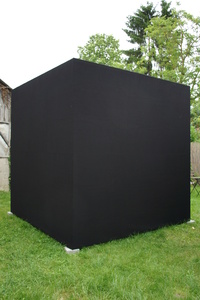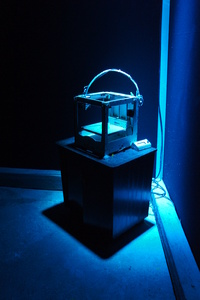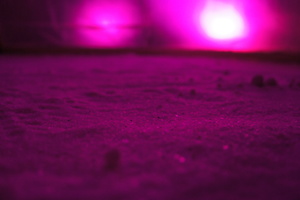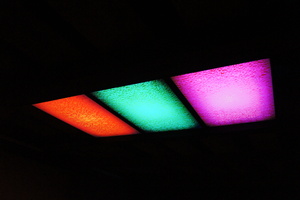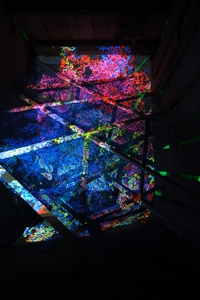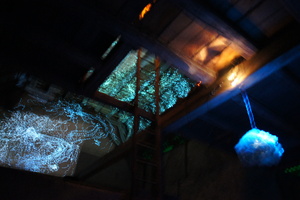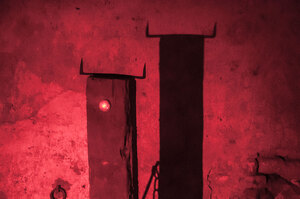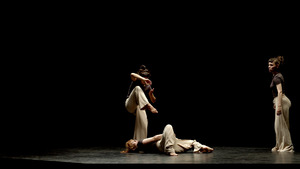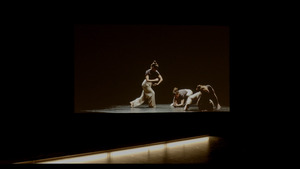Sets
346 Inhalte
- Seite 1 von 29
Performing Difference
- Titel
- Performing Difference
- Beschreibung (en)
- A score is not just a set of instructions; it creates a collective body that breathes and moves as one. Through embodiment, the score is transformed into a dynamic interplay of movement, sound, and presence, a merging of the physical and the ephemeral.
We become not just individuals but one body. Individuality is blurred, and there is no longer any sense of who is who. Boundaries disappear, and physicality flows freely. Differences are acknowledged, and points of connection.
In this shared experience, the present moment is crucial. We are fully present in the score, not merely seen. Each movement represents the present and captures the essence of the momentary and the eternal.
The collective body expresses the power of unity in diversity. We share an understanding of how creativity emerges from being together.
Embracing the fluidity and immediacy of the present evokes new dimensions of connection and expression. Our scores offer a transformative experience in which everyone becomes part of a collectivity.
The scores from 'Performing Difference’ are not just a guide but a gateway to a deeper understanding of embodiment and presence. We invite everyone to participate in an infinite connection with each other, where the boundaries between self and other blur and become a shared expression.
Seminar
Prof. Filipa César
Helin Hulas
Lucas Gutierrez
Nico Hain
Media Art
Performing Difference
"As you can see, 'difference' is essentially 'division' in the understanding of many. It is no more than a tool of self-defense and conquest."
–Trinh T Minh Ha
Historically and contemporarily, "difference" has been deployed in social politics to produce separation and division between people, groups, and agencies. Although "difference" can be the departing point for connection, exchange, collaboration, affect, and togetherness, its otherwise aspects have been insistingly instrumentalized as political tools towards divide, separation, conflict, privilege, and inequality, which has been informing socialities, inscribing bodies, and affecting and impacting relations. Critical artistic positions in film and performance have been focusing on and reflecting through these social phenomena and performing socialities of togetherness within difference.
Performing Difference is a four-part hands-on block seminar where students will work with performance, moving-image, and display technologies in dialogue with various artistic and theoretical positions. The block-seminar will draw a curve of practical experimentation and production in four phases, with the following learning outcomes:
PERFORMING DIFFERENCE #1: from thought to body
Exercising with body awareness, score, and performance; research artistic positions of historical filmmakers working with performance to engage in body politics, social ethics, and power relations. Inquire about the relationship between women's relations to computation, score, and algorithm, learning about parameters of the body & parameters of the software. Render an idea, a trouble, a cause, a feeling into a performance score;
PERFORMING DIFFERENCE #2: from skin to grain
Experimenting with camera work and performance; revisit concepts of the "model" in Robert Bresson's reflections on cinematography. Produce the shooting of students' scores.
PERFORMING DIFFERENCE #3: from pixel to surface
Experimenting with post-production and interactive displaying formats and studying technologies, aesthetics, and politics of visibility. Knowledge and experience with the most popular cross-platform game engines and multimedia software that supports 2D and 3D graphics, such as Madmapper, Resolume, TouchDesigner, and Unity3d. Learn how to use Mediapipe on pre-recorded footage, apply computer vision for motion tracking using TouchDesigner, and transfer data via OSC to the VJ software.
PERFORMING DIFFERENCE #4: Rundgang presentations
Setting up one collective installation or a series of individual installations for the Rundgang.
- A score is not just a set of instructions; it creates a collective body that breathes and moves as one. Through embodiment, the score is transformed into a dynamic interplay of movement, sound, and presence, a merging of the physical and the ephemeral.
- Kategorie
- Schlagworte
- Datierung
- 2024
- Ort: Institution
- Titel
- Performing Difference
- Semester
- Studiengang
- Importiert am
- 19.11.2025
- Übergeordnete Sets
- 0
- Set enthält
- 0 0
Filmstills
- Titel
- Filmstills
- Autor/in
- Titel
- Filmstills
- Projektleiter/in
- Semester
- Studiengang
- Typ der Abschlussarbeit
- Importiert am
- 22.10.2025
- Übergeordnete Sets
- 1
- Set enthält
- 0 10
Fotodokumentation
- Titel
- Fotodokumentation
- Autor/in
- Titel
- Fotodokumentation
- Projektleiter/in
- Semester
- Studiengang
- Typ der Abschlussarbeit
- Importiert am
- 22.10.2025
- Übergeordnete Sets
- 1
- Set enthält
- 0 4
